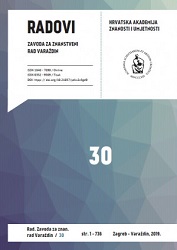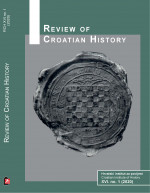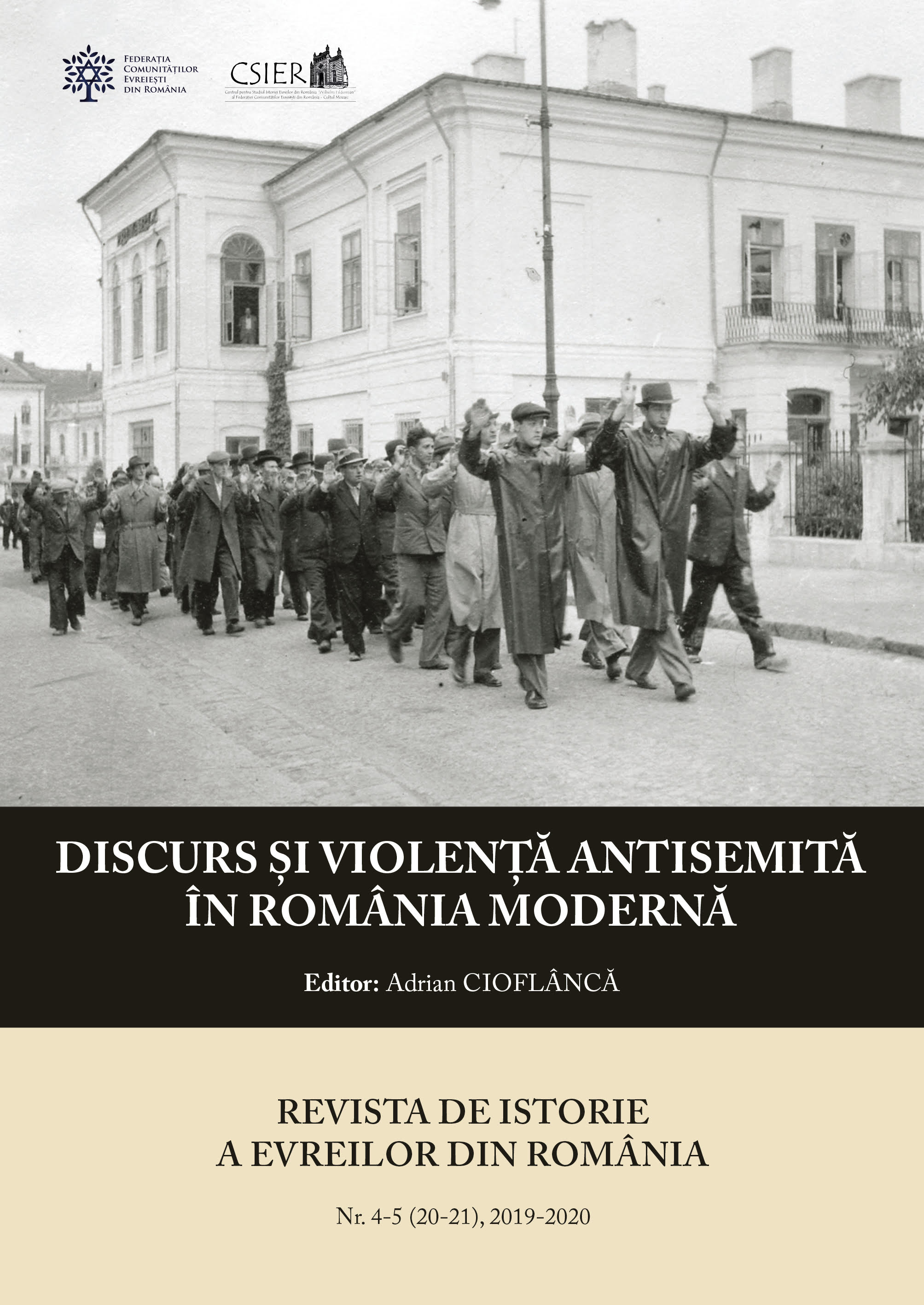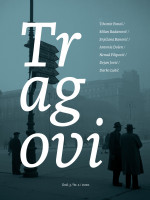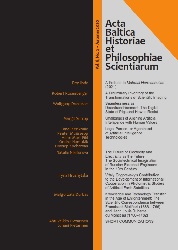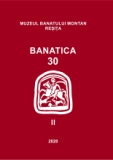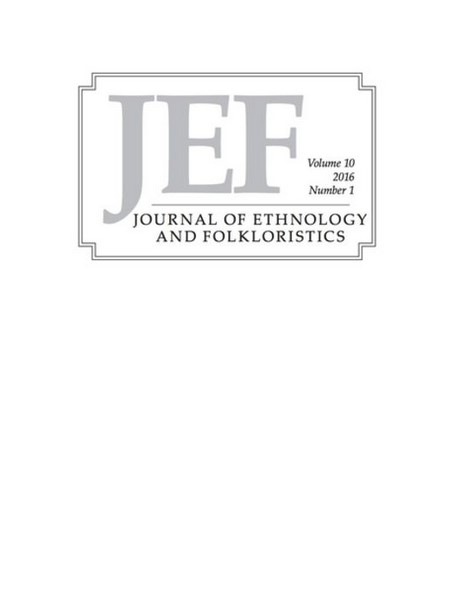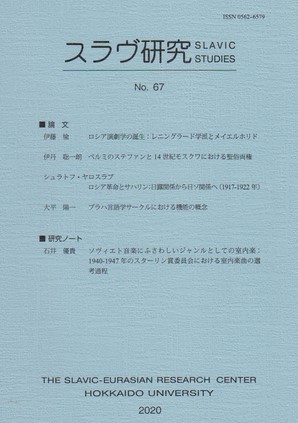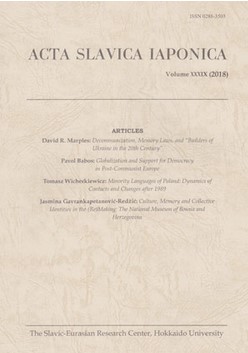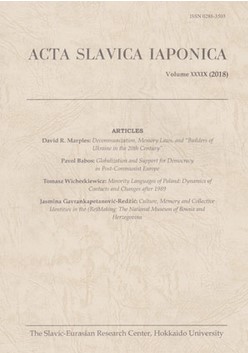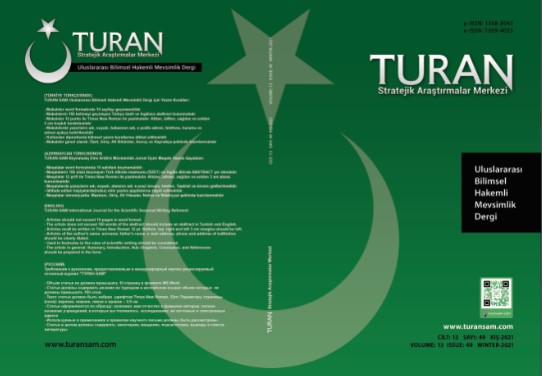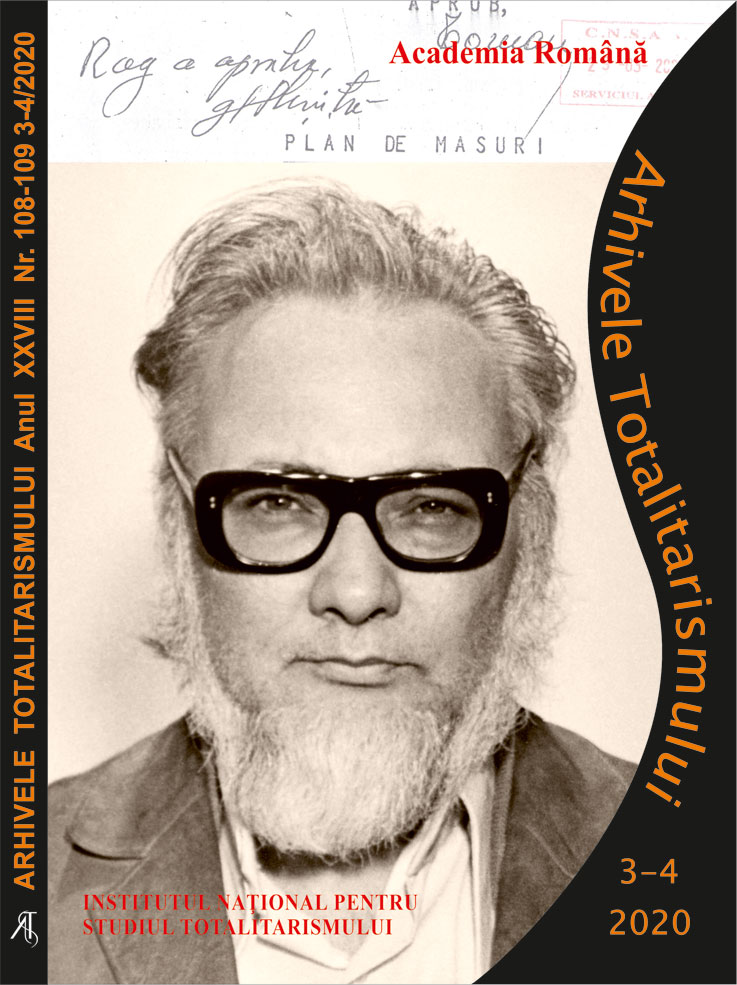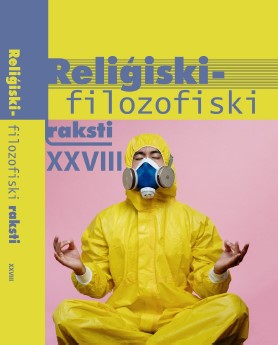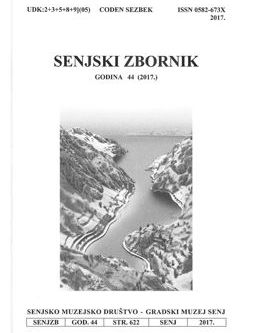
Fragmenti iz crkvene i svjetovne povijesti Podgorja u 19. i 20. stoljeću
On the basis of available sources and selected literature, the author presents some information and insights about the insufficiently researched ecclesial and lay past of Podgorje in the modern and contemporary period. Until demilitarisation in 1873 and the return of the Military Frontier under the administration of the ban in 1881 Podgorje was divided between the Smiljan company in the Lika and the Sveti Juraj company in the Otok regiment. Only Karlobag was a military community,a ‘castellanat’ and free port. From 1809 to 1813 Podgorje was under French rule within MilitaryCroatia as part of the Illyrian Provinces, and then again under Austrian (Habsburg) rule. The local people were Croats, mostly Catholics and speakers of Štokavian. They were poor peasants who during the Military Frontier period also served military service. They cultivated the poor land, bredcattle on the slopes of Velebit, made clothes and simple footwear, cut trees for masts, fished, begged and were rarely involved in any small business. Inhabitants along the sea dressed "po gradsku" ("in the town style"), whilst those in the hills "po bunjevačku" ("like the Bunjevci"), as Podgorje priests wrote in 1850. Between the two world wars, the majority of the people of Podgorje still lived the established pastoral life according to the ways that were passed from generation to generation.Always in need, more hungry than full, they lacked drinking water, e.g. in Cesarica in 1937 there was one well for the one thousand inhabitants. The developmental lagging behind of Podgorje during the time of the monarchical Yugoslavia continued after the ordeals of the Second World Wart hrough the stagnation of the place during socialist Yugoslavia. The completion of the construction of the Adriatic highway – the magistrale – in 1965 helped the development of tourism, particularlyin Karlobag which gained a motel and ferry dock, however the lack of drinking water, the dumping of rubbish into the sea, the illegal construction of buildings and other problems hindered this development. At the same time political life was under the monopoly of the party, the Catholic Church was separate from the state and socially marginalised, and the emigration of people and the fall in the birth rate took on cataclysmic dimensions. Under such conditions Podgorje faced the Homeland War and the state independence of the Republic of Croatia.
More...
